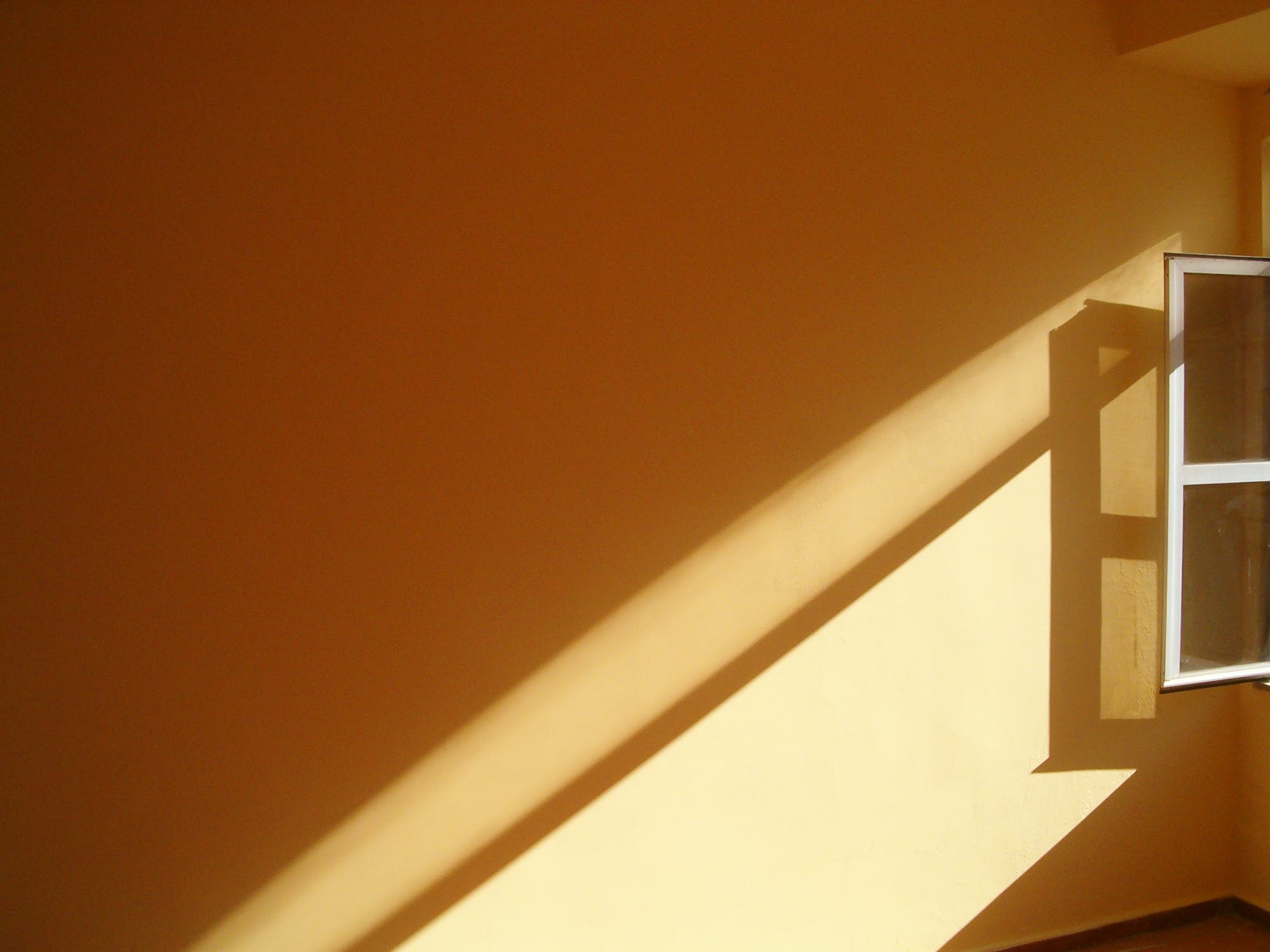Everything You Need to Know About External Wall Insulation

When it comes to energy efficiency and reducing heat loss in buildings, external wall insulation (EWI) has emerged as a highly effective solution.
EWI involves adding insulation materials to the external walls of a building, providing numerous benefits such as improved thermal performance, reduced energy consumption, and enhanced aesthetics. In this article, we will explore the key aspects of external wall insulation and its importance in creating energy-efficient and comfortable living spaces.
What is External Wall Insulation?
External wall insulation, also known as solid wall insulation, is a technique where an insulating layer is installed on the outside of a building's existing walls. This additional layer helps to reduce heat transfer, preventing heat from escaping during the winter and entering during the summer. EWI can be applied to various types of buildings, including residential houses, commercial structures, and public buildings.
Benefits of External Wall Insulation:
a. Improved Thermal Efficiency: EWI significantly enhances a building's thermal performance, reducing heat loss through walls and minimising energy consumption for heating or cooling. This can lead to substantial energy savings and lower utility bills.
b. Enhanced Comfort: By providing a more consistent indoor temperature, external wall insulation improves occupant comfort. It helps to eliminate cold spots, drafts, and condensation issues commonly associated with uninsulated walls.
c. Noise Reduction: EWI can also act as a barrier against external noise, making the interior environment quieter and more peaceful.
d. Aesthetic Enhancements: In addition to its functional benefits, external wall insulation offers an opportunity to upgrade the appearance of a building. Different finishes, colours, and textures are available, allowing for a customised and visually appealing exterior.
e. Increased Property Value: Buildings with external wall insulation tend to have higher market value due to their improved energy efficiency and enhanced visual appeal.
Installation Process:
The installation of external wall insulation typically involves the following steps:
a. Surface Preparation: The existing walls are cleaned, repaired, and made suitable for the insulation system.
b. Insulation Material Application: Insulation boards, such as expanded polystyrene (EPS), mineral wool, or phenolic foam, are fixed to the walls using adhesive or mechanical fixings.
c. Protective Layers: A layer of reinforcing mesh is applied over the insulation, followed by a basecoat render to provide strength and durability. Finally, a decorative finish is added, such as acrylic render, brick slips, or textured coatings.
d. Windows and Doors: Appropriate measures are taken to ensure the insulation around windows, doors, and other openings is properly sealed to maintain a continuous thermal barrier.
Considerations and Limitations:
a. Planning and Regulations: It is important to check local regulations and obtain necessary approvals before undertaking external wall insulation projects.
b. Building Suitability: While EWI is suitable for most buildings, a thorough assessment should be conducted to ensure the structural integrity and compatibility with the chosen insulation system.
c. Cost: The cost of external wall insulation can vary depending on factors such as the size of the building, insulation materials used, and the complexity of the installation. However, the long-term energy savings often outweigh the initial investment.
d. Professional Installation: EWI installation requires expertise and experience. It is recommended to hire qualified contractors who specialise in external wall insulation.
External wall insulation is a proven method for improving energy efficiency, reducing heat loss, and enhancing the visual appeal of buildings. With its numerous benefits, including energy savings, increased comfort, and noise reduction, EWI has become an increasingly popular choice for both new constructions and retrofitting existing buildings. By embracing external wall insulation, we can create sustainable and comfortable living spaces while reducing our carbon footprint and promoting a greener future.